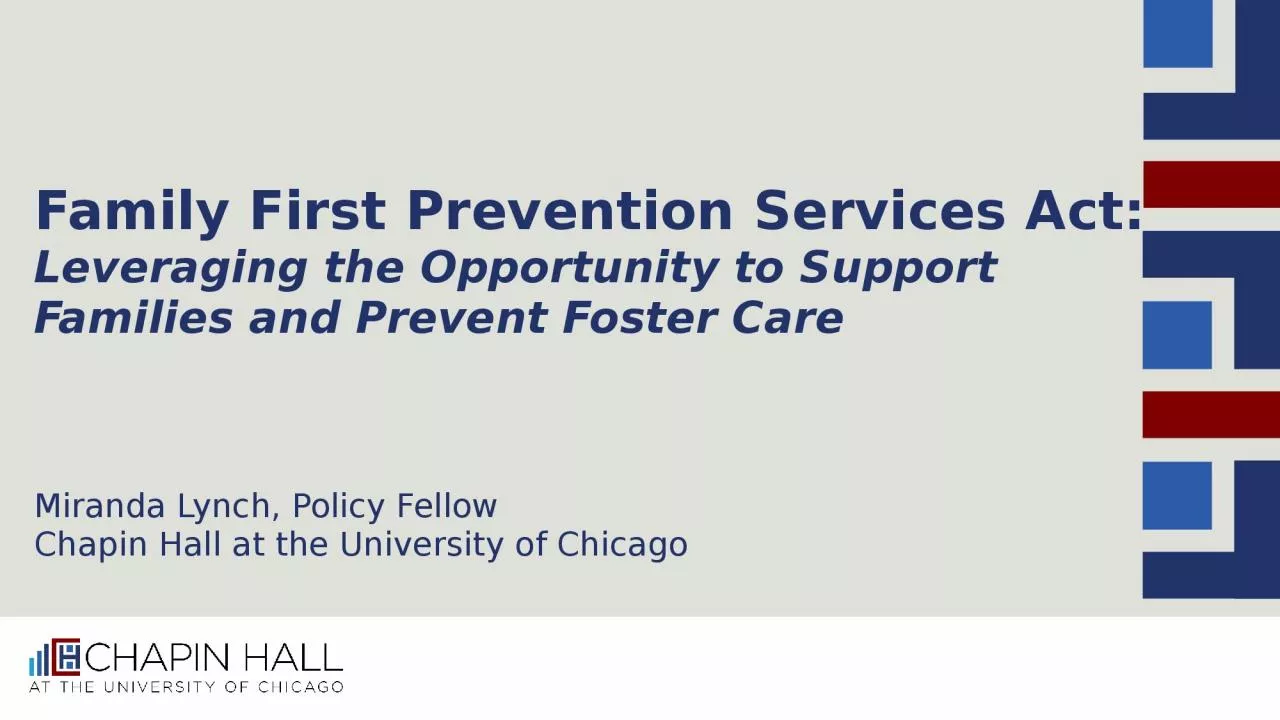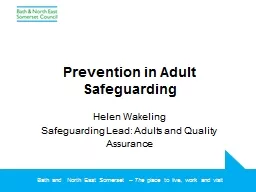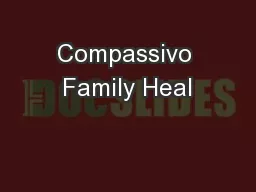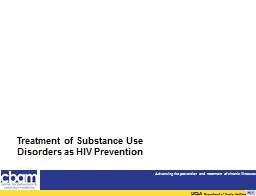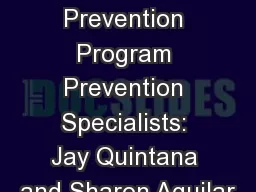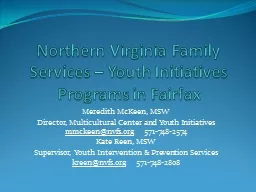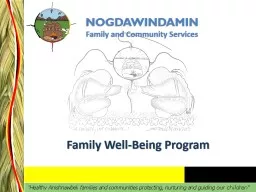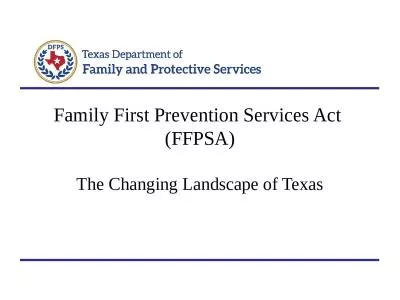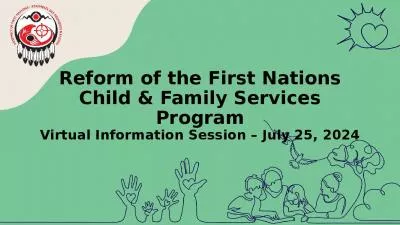PPT-Family First Prevention Services Act:
Author : davis | Published Date : 2024-03-13
Leveraging the Opportunity to Support Families and Prevent Foster Care Miranda Lynch Policy Fellow Chapin Hall at the University of Chicago Evidence Based Interventions
Presentation Embed Code
Download Presentation
Download Presentation The PPT/PDF document "Family First Prevention Services Act:" is the property of its rightful owner. Permission is granted to download and print the materials on this website for personal, non-commercial use only, and to display it on your personal computer provided you do not modify the materials and that you retain all copyright notices contained in the materials. By downloading content from our website, you accept the terms of this agreement.
Family First Prevention Services Act:: Transcript
Download Rules Of Document
"Family First Prevention Services Act:"The content belongs to its owner. You may download and print it for personal use, without modification, and keep all copyright notices. By downloading, you agree to these terms.
Related Documents

